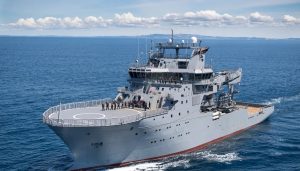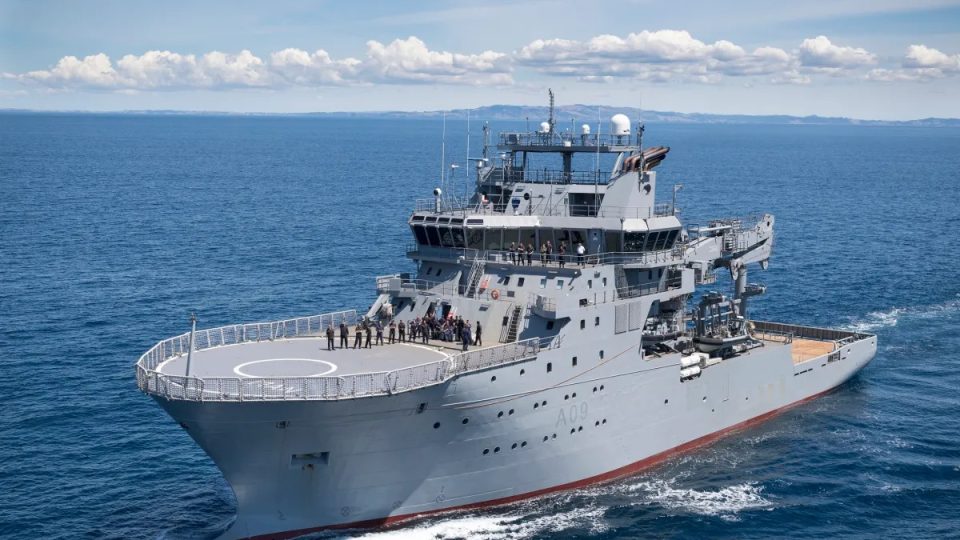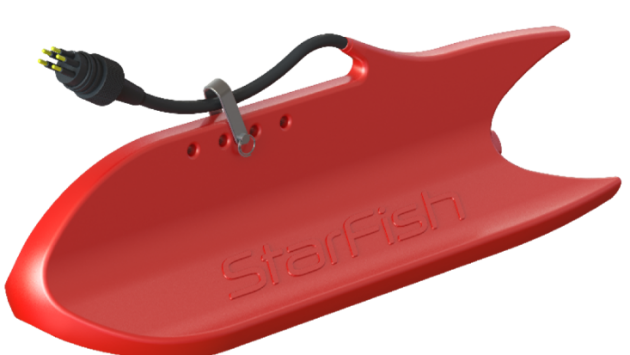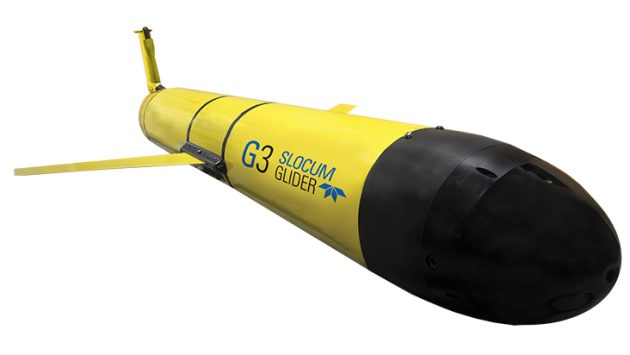The Impact of HMNZS Manawanui’s Sinking on Naval Strategy
The Sinking of HMNZS Manawanui Exposes Gaps in Defence Readiness
The Royal New Zealand Navy (RNZN) hydrographic dive and survey vessel HMNZS Manwanui sank on Sunday 6th October after running aground on a Samoan reef, off the southern coast of Samoa. The sinking of HMNZS Manawanui occurred while the vessel was conducting a reef survey. Fortunately, the 75 crew and passengers onboard were safely rescued, a testament to the ship’s commanding officer and crew.
RNZN divers have assessed the wreckage of the ship to gain an understanding of the environmental impacts and initiate clean-up actions. Several government agencies worked to support the Samoan Government’s response to the incident. The sunken vessel lies at 30 m water depth and has been declared a “prohibited area” by Samoan officials. Equipment used to address environmental impacts includes the Maritime NZ spill response and remotely operated vehicles to establish the debris field.
This was the country’s first naval loss since World Ward II and has raised important questions about naval preparedness. The loss of HMNZS Manwanui also highlights broader issues about the state of readiness, not just for New Zealand but also allied partner navies, including Australia. The sinking of this vessel creates a gap in New Zealand’s naval capabilities and preparedness. HMNZS Manwanui was a crucial asset for RNZN, as it was the only mine warfare and hydrographic vessel in its fleet.
HMNZS Manwanui was acquired and entered into service in 2018/2019 to close the capability gap created with the decommissioning of the survey ship HMNZS Resolution in 2012. HMNZS Manwanui’s role supported RNZN operations; providing a modern platform for diving and hydrographic specialists to embark and conduct specialised missions. Missions included coastal and harbour surveys, underwater explosive disposal, underwater search and recovery and limited mine countermeasures.
Operating with minimal capability across several domains is common for smaller navies such as New Zealand and Australia. This situation illustrates the risks associated with operating a sole platform for critical capabilities. For Australia, the recent decommissioning of hydrographic vessels and the cancellation of the future mine warfare ship program, poses significant risks to the country’s naval capabilities.
Currently, five of the six hydrographic ships have been decommissioned over the past three years, with the last to shortly follow. The 2020 decision to outsource nearly all of the navy’s hydrographic responsibilities has severely weakened its capacity in this area. Additionally, the Royal Australian Navy’s replenishment ships are out of action until 2025. The latest Defence Integrated Investment Program removed the money allocated to expanding the Australian replenishment vessel capability. Although
The sinking of HMNZS Manwanui poses significant issues to New Zealand and Australia, as it highlights critical gaps in naval preparedness and capabilities. The loss of this vital hydrographic and mine warfare vessel leaves a notable void in the RNZN’s operational capacity. The collaborative response efforts to this incident emphasizes the importance of international cooperation to address maritime incidents. It is crucial for New Zealand and its allies to reassess and invest in their naval strategies to ensure robust and resilient maritime defence capabilities.
Read More:
HMNZS Manawanui – New Zealand Defence Force
HMNZS Manawanui: How a sunken ship underlines our hollow defence preparedness
RNZN divers assess sunken ship in Samoa – New Zealand Defence Force





